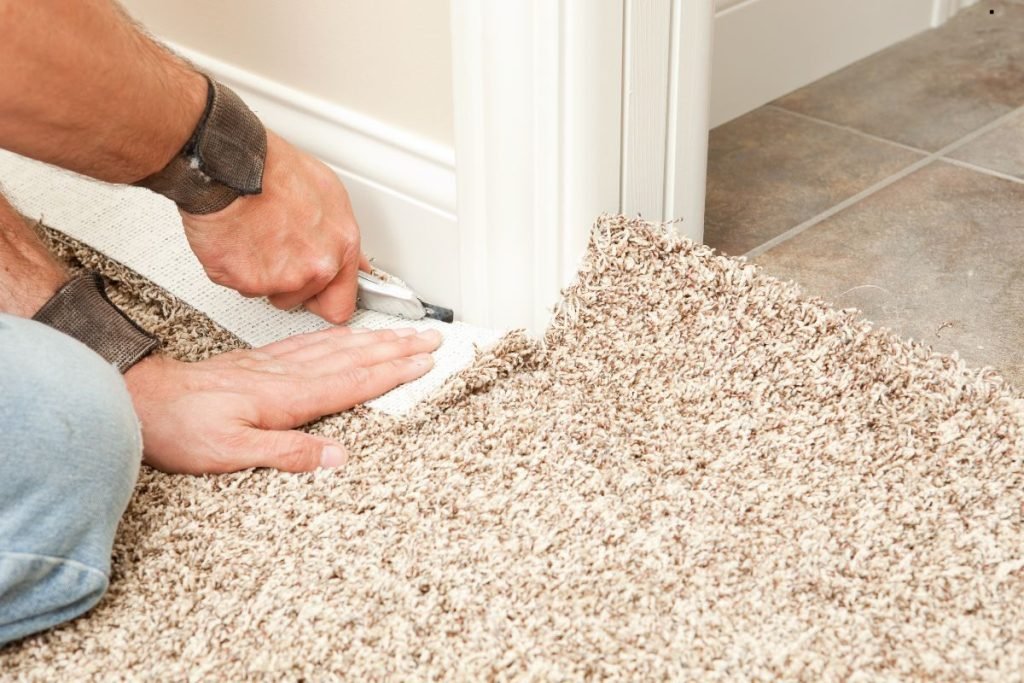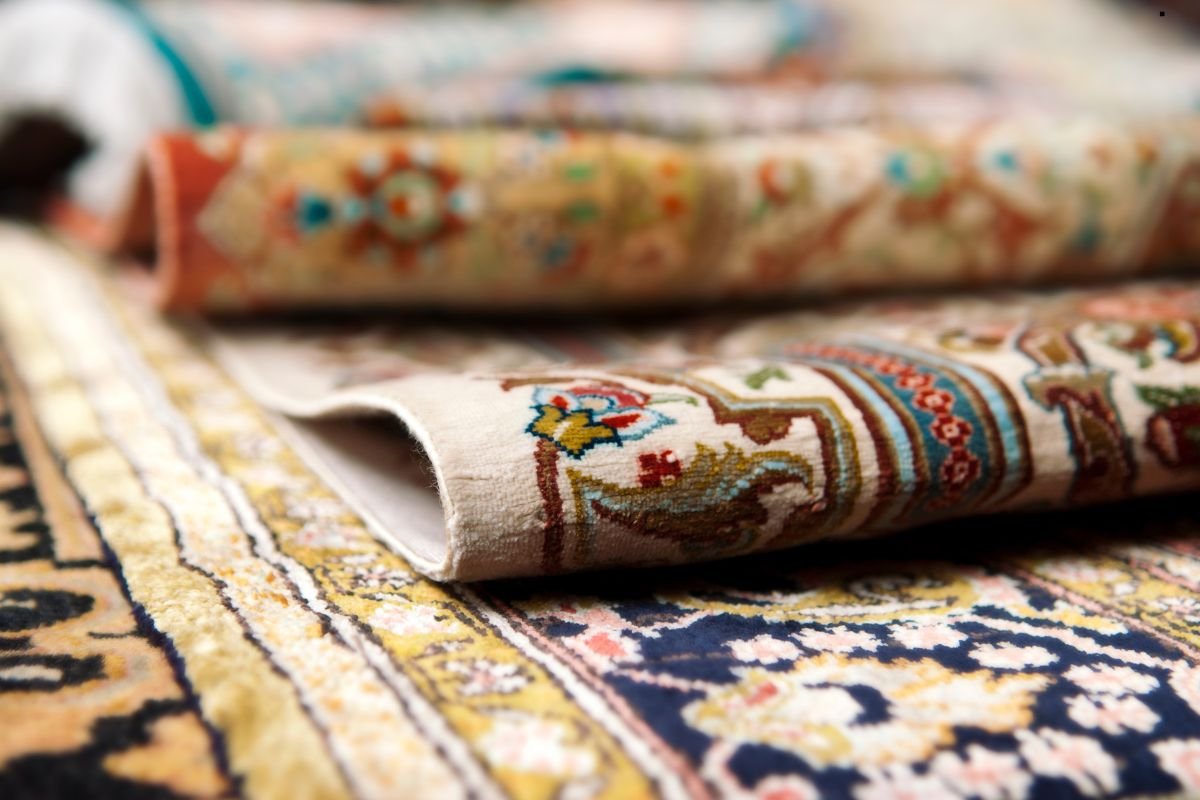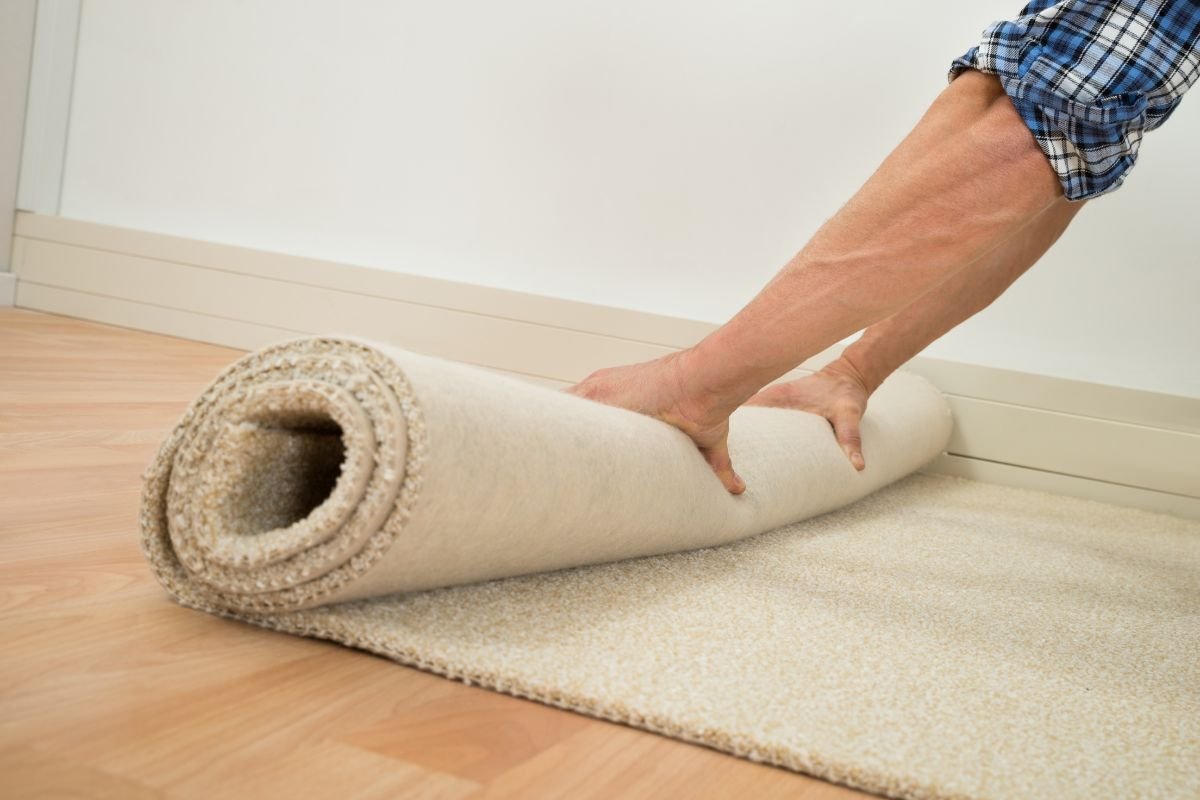
Tufted carpets are a popular and affordable flooring choice for homes across the USA. But what exactly is a tufted carpet, and how is it made? In short, tufted carpets are created by looping yarn through a backing material using needles, a fast and efficient process that results in a wide variety of styles and textures. This article will break down everything you need to know about tufted carpet construction, from the basic components to the different styles available, helping you make an informed decision for your home. Thinking about new carpet?
1.Welcome to the World of Tufted Carpets
Tufted carpets are everywhere – chances are, you’re walking on one right now! Their widespread popularity stems from a combination of factors, including their affordability, diverse styles, and ease of manufacturing. Compared to other methods like weaving, tufting allows for mass production, making carpets more accessible to homeowners on a budget. Whether you’re looking for a plush, comfortable carpet for your bedroom or a durable, stain-resistant option for your living room, a tufted carpet is likely a strong contender. Before you shop, though, it’s good to understand the foundation of a good carpet. For more details, check out our guide on carpet tile flooring.
2. What is Tufting? The Tufting Process Explained

Tufting is the process of inserting loops of yarn into a primary backing material. Think of it like sewing, but on a much larger and faster scale. A machine with hundreds (or even thousands) of needles pushes the yarn through the backing, creating loops on the other side. These loops can be left as-is (loop pile) or cut to create a softer, plusher surface (cut pile). This automated process is incredibly efficient, allowing manufacturers to produce large quantities of carpet quickly and cost-effectively. This efficiency is why you’ll typically find more options in tufted carpets compared to other manufacturing processes.
3.Key Components of a Tufted Carpet: Breaking Down the Anatomy of Your Carpet
A tufted carpet isn’t just yarn; it’s a combination of several essential components working together. Understanding these components will help you evaluate the quality and durability of different carpets.
- Primary Backing: This is the foundation of the carpet, the material the yarn is tufted into. It’s typically made of woven or non-woven polypropylene.
- Yarn (Pile): The yarn, or pile, is what you see and feel. It comes in a variety of materials, each with its own characteristics:
- Nylon: Durable, stain-resistant, and resilient – a popular choice for high-traffic areas.
- Polyester: Soft, budget-friendly, and offers good stain resistance, but less durable than nylon.
- Olefin (Polypropylene): Stain-resistant, fade-resistant, and often used for outdoor or Berber carpets.
- Wool: Natural, luxurious, and durable, but more expensive and requires specialized cleaning.
- Secondary Backing: This is applied to the back of the primary backing to provide stability, strength, and cushioning. Commonly made of latex or other synthetic materials.
- Adhesives (Latex): Adhesives, such as latex, bond the primary and secondary backings together, creating a unified and durable carpet structure. Call us for expert advice and carpet solutions tailored to your needs..
4. Tufting Variations & Patterns: Beyond the Basics: Exploring Patterned Tufting
The way the yarn loops are treated after tufting determines the carpet’s style and texture. The two main categories are loop pile and cut pile.
- Loop Pile Carpets: The yarn loops remain intact, creating a durable and often textured surface. Berber carpets are a common example. Loop pile is known for its stain resistance and ability to hide dirt, making it ideal for high-traffic areas. For more details, visit our previous Blog “How Soon Can You Walk on Your New Floors? A Chicago Homeowner’s Guide”
- Cut Pile Carpets: The yarn loops are cut, creating a softer, plusher surface. Saxony, plush, and frieze carpets fall into this category. Cut pile carpets offer a luxurious feel but may show wear and tear more easily than loop pile.
- Cut-Loop Pile Carpets: Cut and loop carpets are combination of both textures
5. Tufting Variations & Patterns: Beyond the Basics: Exploring Patterned Tufting
Beyond basic loop and cut pile, tufting machines can create a variety of patterns and textures. These variations add visual interest and can even help to hide dirt and footprints.
- Level Cut and Loop (LCL): LGL Combines both cut and looped fibers at the same pile height.
- Multi-Level Loop: Features loops of varying heights, creating a textured and visually interesting surface.
- Tip Sheared: Loop pile carpet where the tips of some loops are sheared
- Sculptured: Carpet is patterned with varying pile heights to create a three-dimensional effect.
6. Advantages and Disadvantages of Tufted Carpets: Weighing the Pros and Cons

Like any flooring option, tufted carpets have their pros and cons.
-
Advantages:
- Affordability: Generally less expensive than woven carpets.
- Variety: Wide range of styles, colors, and textures available.
- Ease of Installation: Relatively easy and quick to install.
- Comfort: Provides cushioning and warmth underfoot.
-
Disadvantages:
- Durability: May not be as durable as woven carpets in very high-traffic areas.
- Shedding: Some shedding may occur, especially with new carpets
7. Tufted Carpets vs. Other Carpet Types: How Tufted Stacks Up Against the Competition
While tufted carpets dominate the market, it’s important to understand how they compare to other carpet construction methods.
- Woven Carpets: Woven carpets (like Wilton and Axminister) are made by interlacing yarns on a loom, creating a more intricate and durable construction. They are generally more expensive than tufted carpets and often found in high-end installations.
- Knitted Carpets: Constructed by interloping yarns using needles, creating a resilient carpet with enhanced dimensional stability. Call us for more information and personalized carpet recommendations.
8. Choosing the Right Tufted Carpet for Your Home: Factors to Consider Before You Buy
Selecting the right tufted carpet involves careful consideration of several factors:
- Room Type and Traffic: Choose durable, stain-resistant options for high-traffic areas like hallways and living rooms. Softer, more luxurious carpets are suitable for bedrooms.
- Yarn Type and Density: Higher yarn density generally indicates better durability and performance. Consider the properties of different yarn types (nylon, polyester, etc.) based on your needs.
- Style and Color: Select a style and color that complements your existing décor and reflects your personal taste.
- Budget Considerations: Tufted carpets offer a wide range of price points, so set a budget and stick to it.
9. Care and Maintenance of Tufted Carpets: Keeping Your Carpet Looking Its Best
Proper care and maintenance are essential for prolonging the life and appearance of your tufted carpet.
- Regular Vacuuming: Vacuum frequently (at least twice a week) to remove dirt and debris.
- Stain Removal: Address spills immediately to prevent permanent stains. Use a carpet stain remover specifically designed for your carpet fiber type.
- Professional Cleaning: Schedule professional carpet cleaning every 12-18 months to remove deep-seated dirt and grime.
Tufted carpets remain a popular and versatile flooring choice for homeowners across the USA. Their affordability, wide range of styles, and relative ease of maintenance make them an excellent option for any room in the house. By understanding the construction and characteristics of tufted carpets, you can make an informed decision and choose the perfect carpet to enhance your home’s comfort and style. Contact us for more information and expert assistance.

